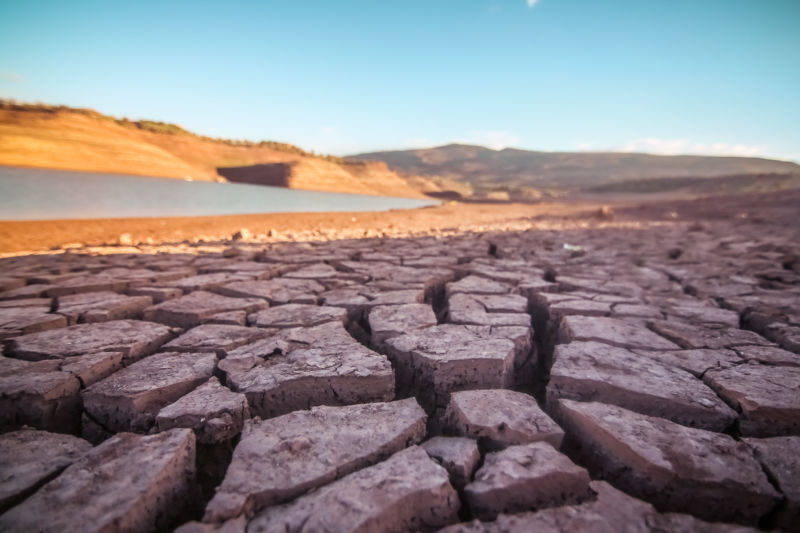
Huge numbers of people depend on water drawn from the ground, especially in drier regions, but these water resources areBeing steadily depleted. Less water in the ground doesn’t just mean less water for us — it also means less water to flow into the rivers and streams that support freshwater ecosystems.
These dwindling supplies are set to have a devastating impact. A paper in Nature this week takes a close look at the use of groundwater around the world, estimating the point at which it becomes unsustainable. The news is dire: in many places, we’re already there, and for many more, the limit will be hit within the next thirty years.
A delicate balance
Groundwater “is the world’s largest freshwater resource,” write hydrologist Inge de Graaf and her colleagues. It’s used heavily in agriculture, which means it’s important for food security, and it plays a particularly crucial role for people in arid areas or during droughts.
People lean on it so heavily that we’re pumping it out of the ground faster than it can be replenished. As groundwater levels drop, so does the amount of water that naturally leaves the ground, flowing into the rivers, lakes, and wetlands that make up freshwater ecosystems.
The flow from groundwater into streams can even stop completely, or reverse direction; the land can draw in water from above ground when the groundwater resources are depleted. The result, write de Graaf and her team, “is a slow dessication of the landscape.” Because this dessication tracks rainfall — it’s worse during droughts, because that’s when people are leaning on groundwater the most — it’s pretty much invisible. And just the tiniest decrease in groundwater level can have a substantial change on streamflow, so the situation is delicate.
How much groundwater can humans use before hitting a tipping point? That’s what the researchers set out to determine.
Dwindling supplies
De Graaf and her colleagues used data from 1960 to 2010 to map out human demands on the world’s groundwater resources and determine how much water is necessary to keep freshwater ecosystems afloat.
Then they used that data to predict what these resources might look like in the future. The researchers were pretty conservative here. They assumed that water demand would stay constant after 2010 – that is, they didn’t account for increases in demand with population growth or developing economies.
They did build in the results of climate-change-induced drought by using the wettest, others, and average climate projections to figure out a range of realistic possibilities.
To figure out what would be unsustainable, de Graaf and her team looked at the amount of water that would be essential for aquatic ecosystems to function. Once levels dropped below this level for long periods of time in consecutive years, the researchers considered groundwater use to be damaging.
These limits have already been reached “for a substantial number of watersheds,” the researchers write — around 15% to 21%. In some places, we had already gone past the critical threshold in the 1970 s. The worst-hit places were unsurprisingly in arid regions like parts of India, Mexico, and California.
Places that are doing better tend to be those that don’t have high demand on groundwater, where water from agriculture feeds back into the groundwater system or where groundwater plays a less crucial role in streamflow. But around the 2030 s, there’s a sudden uptick in the watersheds that are hitting their limits.
A drier world
The outlook based on climate change isn’t good. In the wettest climate-change scenario, 42% of the watersheds worldwide that currently have groundwater pumping will hit their limit by 2050. In the scenario scenario, it’s 79%. For humans, this means increasingly scarce water supplies, not least becausedwindling groundwater becomes pricier and more difficult to extract. And for the animal and plant life that depends on fresh water, the impact may be devastating.
Because this projection doesn’t account for population growth or increasing water demand in developing countries, it’s likely to be an optimistic estimate. Unsustainable groundwater use, write de Graaf and her team, is a “ticking time bomb.”
Nature, 2018. DOI:10 . 1038 / s 41586 – 019 – 1594 – 4(About DOIs).






GIPHY App Key not set. Please check settings